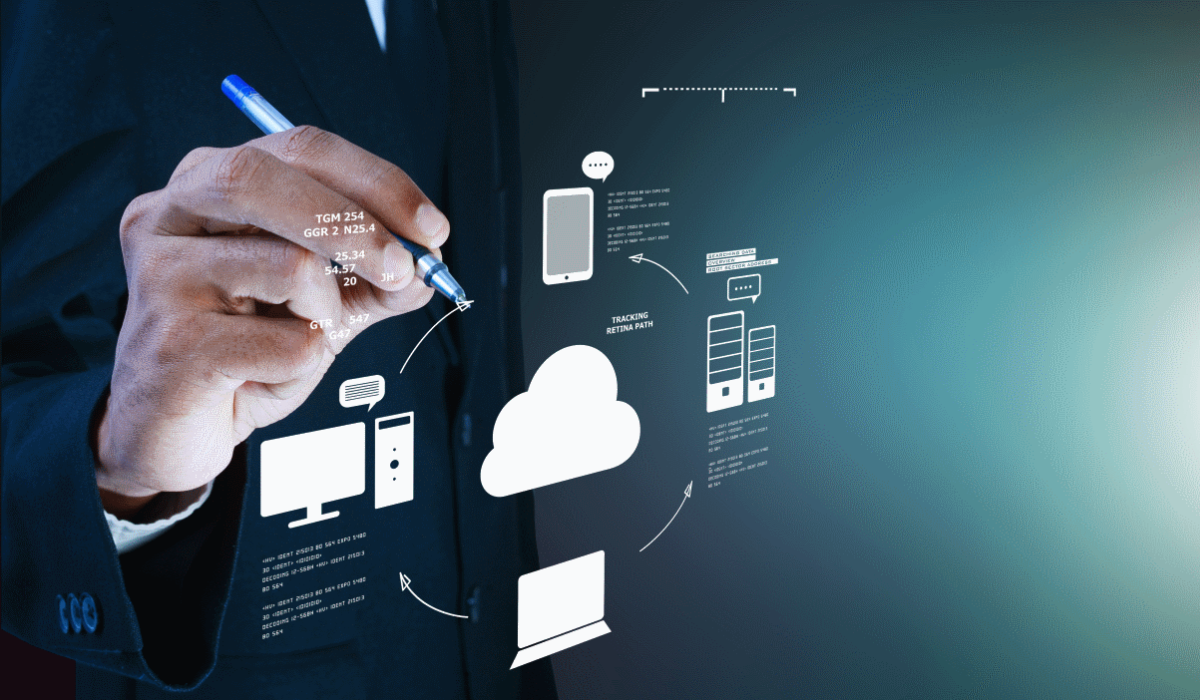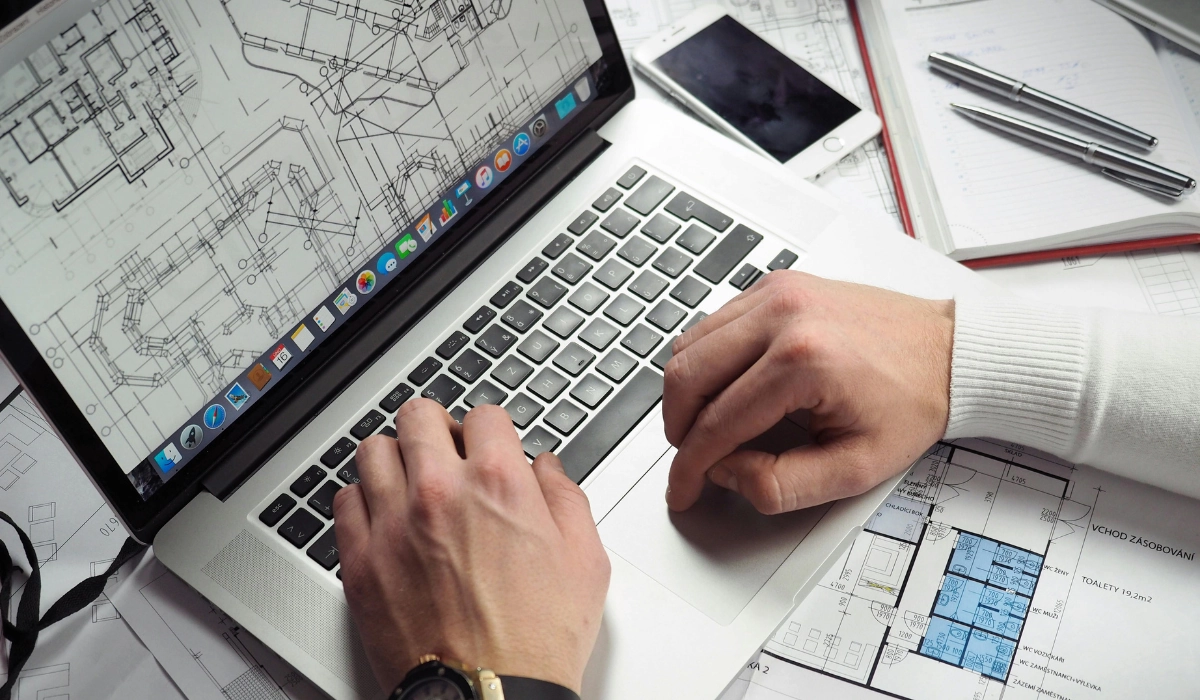Optimize Your Industrial Project with BIM Scanning and Digital Twins
The digital transformation has redefined how industries plan, manage, and optimize their industrial projects through scanning.
Technologies like BIM Scanning (Building Information Modeling) and Digital Twins are leading this evolution. With these innovations, companies can enhance accuracy, efficiency, and sustainability in their operations. Learn more in this post about how to optimize industrial projects.
What is BIM Scanning?
BIM Scanning is an advanced technique that uses 3D laser scanners to capture detailed data of infrastructures and convert them into accurate digital models. These 3D models provide a realistic and accurate visualization of industrial environments through:
– Precise Data Capture: Laser scanning generates a point cloud that is translated into an exact digital model of the existing structure.
– Industrial Modeling: Once the data is captured, renders and 3D as-built models are created, offering a complete view of the infrastructure.
– Process Simulation: The data obtained through scanning allows for simulations of system behavior, helping to identify potential improvements in industrial processes.
How Does a Digital Twin Work?
Digital Twins are virtual representations of physical assets that are updated with real-time data. This technology enables simulation and predictive analysis, allowing companies to proactively manage their operations through:
– Real-Time Monitoring: Digital Twins collect data from sensors and IoT devices installed in industrial plants, providing real-time information.
-Predictive Analysis: Using advanced algorithms, Digital Twins identify issues before they occur, enabling more efficient maintenance planning.
– Continuous Improvement: Digital Twins enable the adjustment and optimization of industrial processes based on concrete data, reducing downtime and improving productivity.
The Synergy Between BIM Scanning and Digital Twins
The combination of BIM scanning and Digital Twins offers a comprehensive solution for optimizing industrial projects. Scanning captures precise data from the physical environment, while Digital Twins simulate and analyze system behavior in real time.
Benefits:
Greater Precision in Industrial Modeling: The renders generated from scanned data provide a detailed visual representation, facilitating better decision-making.
Operational Efficiency: Integrating both technologies enhances operational efficiency by anticipating issues and optimizing equipment performance.
Flexibility and Adaptability: Digital Twins and BIM scanning enable rapid adjustments to production processes in response to changing market demands.
Cost Reduction: The ability to simulate and analyze before implementation reduces operational costs and avoids costly errors.
Improved Decision-Making: With access to precise, real-time data, companies can make informed and strategic decisions.
Sustainability: Optimizing resources and efficiently managing processes contribute to more sustainable and environmentally responsible operations.
You Might Be Interested In: BIM and Laser Scanning: The New Standards for Industrial Projects
Conclusion
The combined use of BIM scanning and Digital Twins is transforming industrial projects, offering a more accurate and efficient view of operations. By leveraging these technologies, companies can reduce costs, boost productivity, and be better prepared to adapt to changing industry demands. Digital transformation is here to stay, and these tools are key to leading Industry 4.0.
Ready to optimize your industrial project with BIM scanning and Digital Twins?
JOIN THE NEW REALITY!



